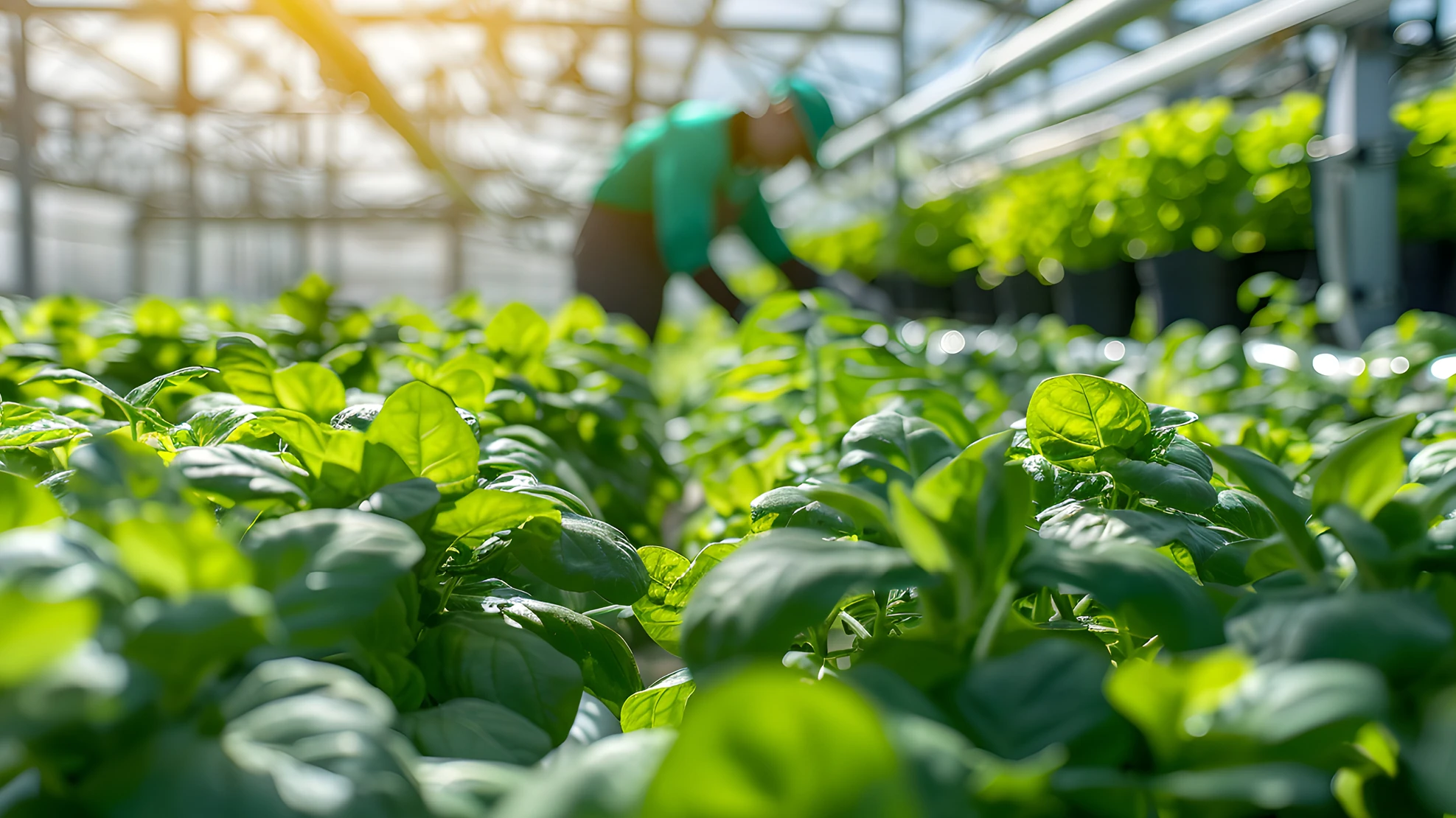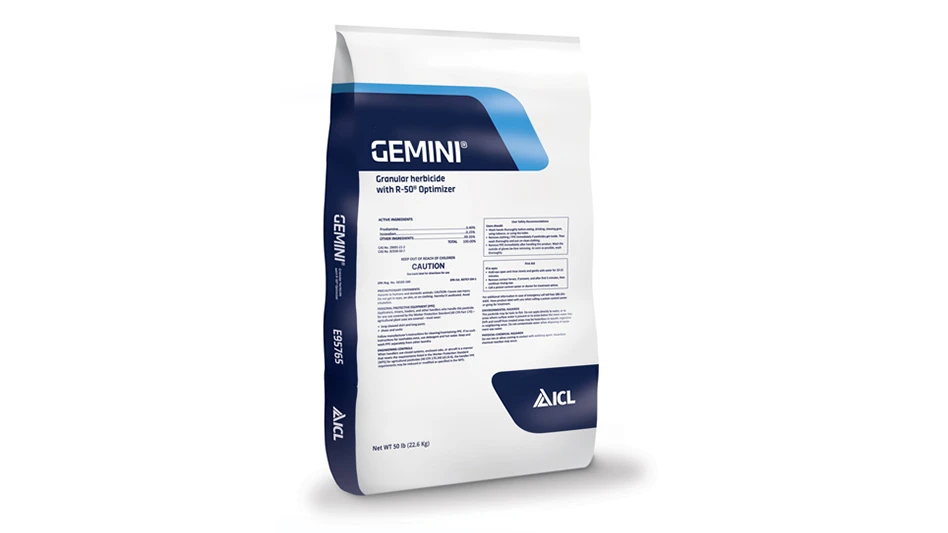 John W. Bartok Jr. John W. Bartok Jr. |
Fog is an alternative to mist for germination and propagation. Its advantages include more uniform wetting across the plant area, deeper penetration into the foliage, higher efficiency and lower maintenance costs. For propagation, a high relative humidity can be maintained without saturating the growing medium. Fog is also frequently used for evaporative cooling. Fog vs. mist Mist consists of particles from 50 to 100 microns. As a comparison, human hair is about 0.004 inches in diameter or about 100 microns. Breaking 1 gallon of water into 50 micron droplets produces about 68 billion droplets of fog. Injected into the air these tiny water droplets remain suspended until they are evaporated. The smallest particles vaporize almost instantaneously. The larger particles are carried by air currents, gradually becoming smaller until they are vaporized. Mist particles are much heavier and take much longer to evaporate. These particles are more likely to fall out of the air and wet plant surfaces or saturate the growing medium. If the particles don’t evaporate before nighttime, the potential for disease increases. Fog for propagation In a crop with a dense foliage canopy and without much air movement, a boundary layer of moisture approaching saturation develops around the plants. If the growing medium is also saturated, there is a potential for problems from fungi, moss, Botrytis and fungus gnats. When the air temperature is high and leaf temperature increases, water loss can exceed the ability of plants to take up moisture and stress can build up within the plants. The use of fog at this time can reduce the air temperature and increase the humidity within the plant canopy without saturating the growing medium. With more oxygen in the root zone, faster rooting occurs. Once the root system is established, the relative humidity can be reduced. Experience is usually the best approach to determining the proper humidity level. The following can be used as a guideline for propagation:
Ultrasonic foggers are available in sizes from ½ to 5 gallons per hour. One gallon of water per hour generates enough fog to cover about 500 square feet of growing area to a height of 4 feet. Some units can be connected to perforated PVC pipe to get uniform distribution over the bench area. Cost of these units is between $250 and $1,200. Fog can also be produced by a system using a high-speed fan with water channeled to the tip of the blades (e.g., Humidifan from Jaybird Manufacturing Inc., www.jaybirdmfg.com). The shearing action as the water exits the blades produces a fine misting fog. The fan distributes the fog above the crop canopy. This system has the advantage of less clogging as no nozzles are used. Larger units tend to be noisy and some growers have had to remove the system because of the high noise level. Cost varies depending on size ($1,000 to $3,000).
Most systems available from irrigation equipment suppliers and labeled as fog systems operate on 50 to 60 psi irrigation water and create a droplet size larger than 50 microns. They are really mist systems. Copper, stainless steel and re-enforced flexible hose are used for piping. Diameter is frequently ¼- or 3⁄8-inch as water supply required is only 1-2 gallons per hour per nozzle. For propagation, lines of pipe are evenly spaced above the crop. Nozzles are available in plastic, ceramic and stainless steel. Nozzles should have anti-drip check valves to prevent dripping after the system shuts off. An integral strainer can keep the nozzles from clogging. The greatest problem associated with fogging systems is nozzle clogging from chemical and particulate matter. Calcium deposits can coat the inside of the pipe and nozzles reducing flow. De-ionized water or rain water can solve the calcium deposit problem. Several levels of filtration of particulate matter should be installed. The final filter should have a one or two mesh. Controlling fog systems Fog systems can also be operated with a controller or computer that measures vapor pressure deficit (VPD). The difference between saturation water vapor pressure and ambient water vapor pressure is the VPD and represents the evapo-transpirational demand of the surrounding atmosphere as well as the proximity to the dew point. Due to the fact that relative humidity varies with temperature, it is better to manage propagation with VPD. By maintaining the VPD below one, water stress within the plants can be kept at an acceptable level.
|

Explore the March 2011 Issue
Check out more from this issue and find your next story to read.
Latest from Greenhouse Management
- Flexible fungicides
- Super Charged Moon Juice from Moon Valley Nurseries now available nationally
- 2025 Proven Winners Horticulture Scholarship applications now open
- How to improve inventory and shipping management in the greenhouse
- Leading Women of Horticulture: Anna Ball, Ball Hort, and Terri McEnaney, Bailey Nurseries
- GM CEA HERB Part 2: A guide to increasing the sowing density of culinary herbs
- GM CEA HERB Part 1: Best practices for producing culinary herbs in controlled environments
- USDA fires experts on invasive pests, including Asian citrus psyllid, chilli thrips





